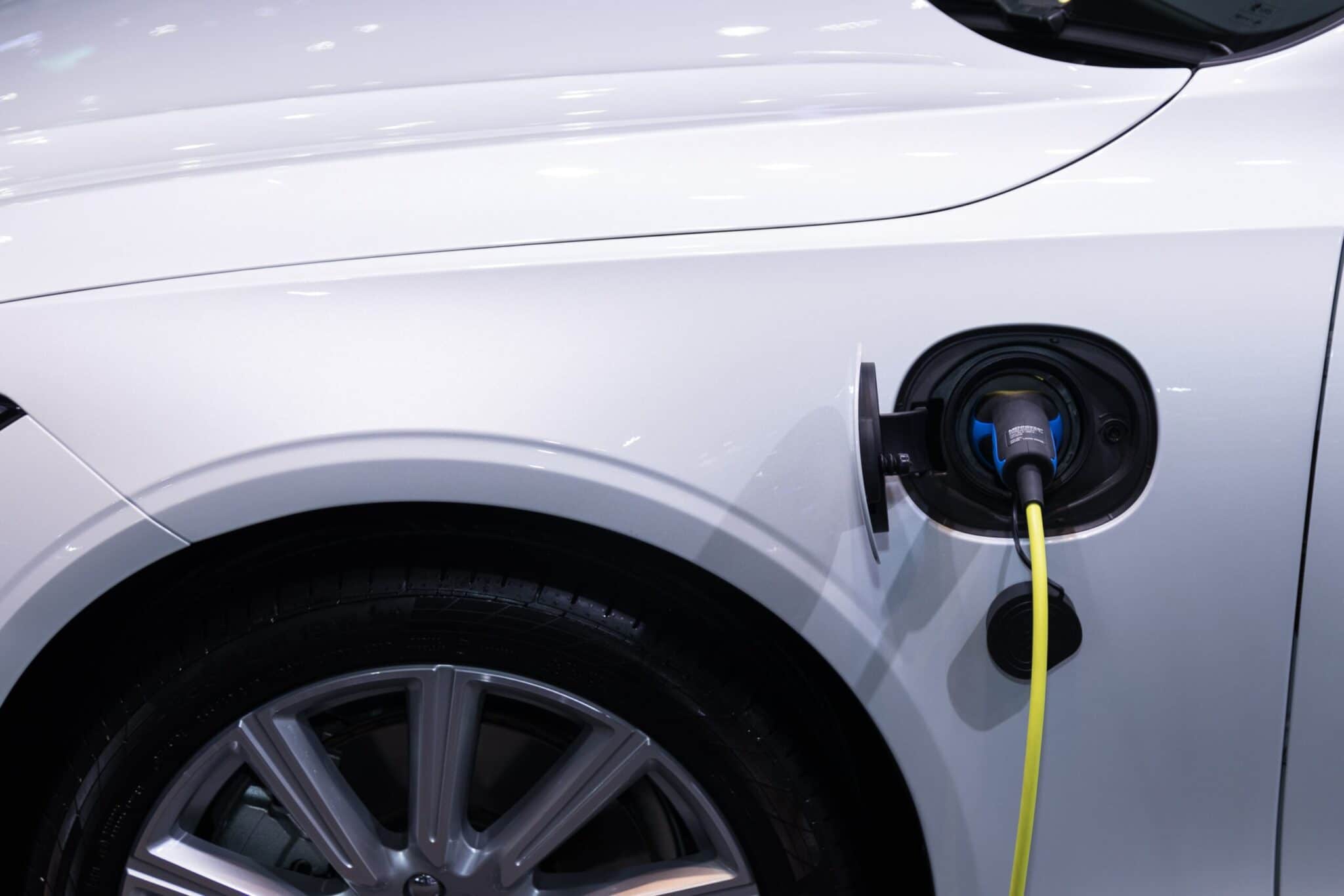The Delhi Government is all set to expand its fleet of public transport buses to 10,000 by June next year. Transport Minister Shri Kailash Gahlot said, “Of the new buses to be added, nearly 75 per cent of them will be electrically running.”
As per the report by the Hindustan Times (HT), at present, there are 6,894 public transport buses running on the streets of the national capital. Out of these, 3,761 conventionally running and one electrically operated bus are operated directly by The Delhi Transport Corporation (DTC), while the remaining operate under its cluster scheme.
DTC to induct electric buses in its fleet by July next year
To this, 2,830 new buses are set to be added from March 2022 to July 2023. This addition will increase the total number of buses in Delhi, close to 10,000. “Of the 2,830 new buses, 2,130, or 75%, will be electric buses — a feat which no other state probably has been able to achieve so far. It is also noteworthy that it will be the first time that Delhi will have a fleet as big as 9,730 buses…,” said Gahlot.
Additionally, DTC will also get 300 electric buses, delivery of which will begin from March this year. Along with them, 700 of the new buses to arrive will also run on CNG. Out of which 250 will start arriving from March this year and the remaining 450 will be delivered by the vendors from October.
Last fleet expansion happened in 2010
Highlighting the need for a robust public transport system for the city, senior officials with the transport department said that Delhi should have 10,000-11,000 buses for public transport as per various court orders. However, they also said that with Delhi Metro catering to a large chunk of the population, even 9,000 buses will do for now.
Transport commissioner Ashish Kundra said that even with the existing fleet size, there are a record number of buses on Delhi’s roads. The last fleet expansion happened in 2010 and with the planned induction of new buses, the transport system will lower the burden of private vehicles on the streets.
At the time of the previous court orders regarding fleet size, Delhi’s Metro was either not there at all or the network was negligible and therefore, having 11,000 buses was estimated based on the assumption that buses will be the only and primary mode of public transport. But, over the years, the passenger ridership has split between the state-run buses and the Metro, said a senior transport official on condition of anonymity.
The formal beginning of inducting electric buses began on January 17 this year when the first electric bus under the program was flagged off by chief minister Arvind Kejriwal in the city.
Amit Bhatt, executive director (transport), WRI India, said e-buses have low operating costs, and a capital cost higher than CNG buses.
“What we need to remember is that fuel, even if it’s CNG, accounts for 40% of the operational cost of buses in our cities. With electric buses, the operational cost becomes cheaper and it also helps in the overall business planning of bus operations. The environmental benefits of e-buses are phenomenal as they have zero emissions and zero carbon footprint,” he said.
Source: indiatoday.in









